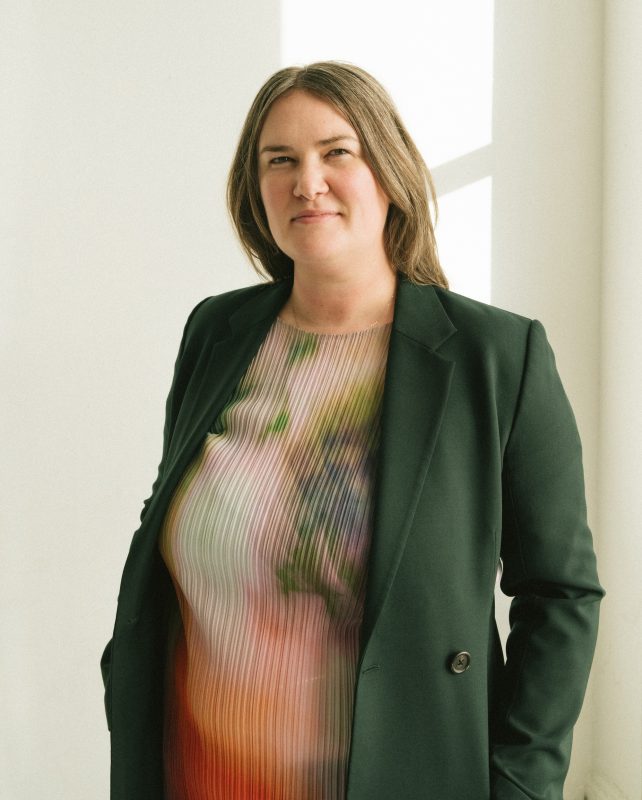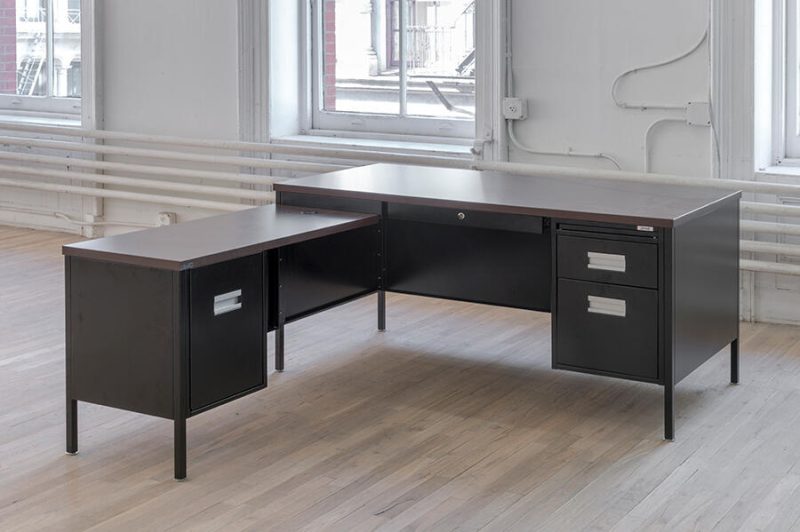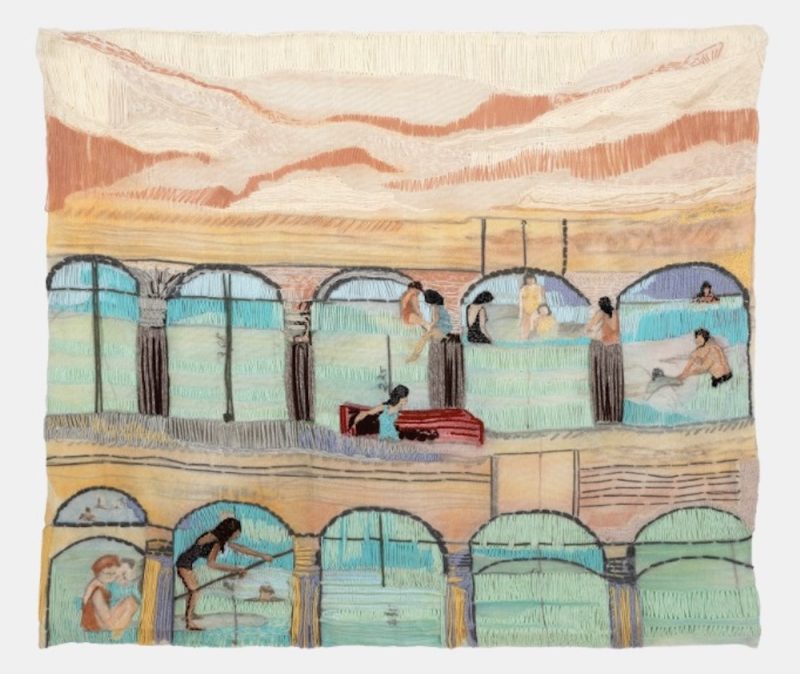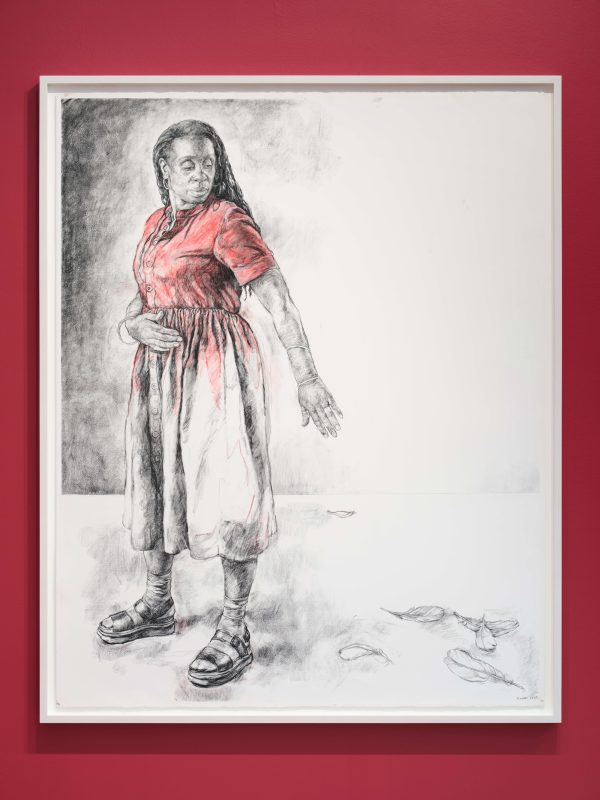With the art world in a frenzy state this week due to the opening of one the three most important art fairs in the world, Frieze London and Masters, galleries present their most established artists to take advantage of the high calibre visitors. It is a unique opportunity to see historic works by Bill Viola, the grandfather of video art, Robert Indiana, who created the iconic LOVE sculptural work, and Gerhard Richter, arguably the most important living painter in the world. All these shows can be seen for free and within walking distance in the district of Mayfair and Soho.

ContiniArtUK, in Bond Street, is presenting an exhibition by the iconic American artist Robert Indiana. Don’t Lose HOPE will be the first Indiana exhibition in the United Kingdom for over a decade and will include previously unseen works. The exhibition affords exclusive and primary access to the seminal Pop artist’s extraordinary work and includes a series of ‘HOPE’ sculptures that ContiniArtUK has directly commissioned from the 86 year old artist. Indiana first emerged on the Pop art wave that engulfed the art world during the early 1960s. Alongside Andy Warhol he became a figurehead of the movement, achieving unprecedented recognition with his iconic ‘LOVE’ sculpture series. The creation was to become a centerpiece of his artistic life and took on many forms, including the coloured and cubed iconic shape that still adorns many public and private spaces all around the world, from Taipei to Wichita.
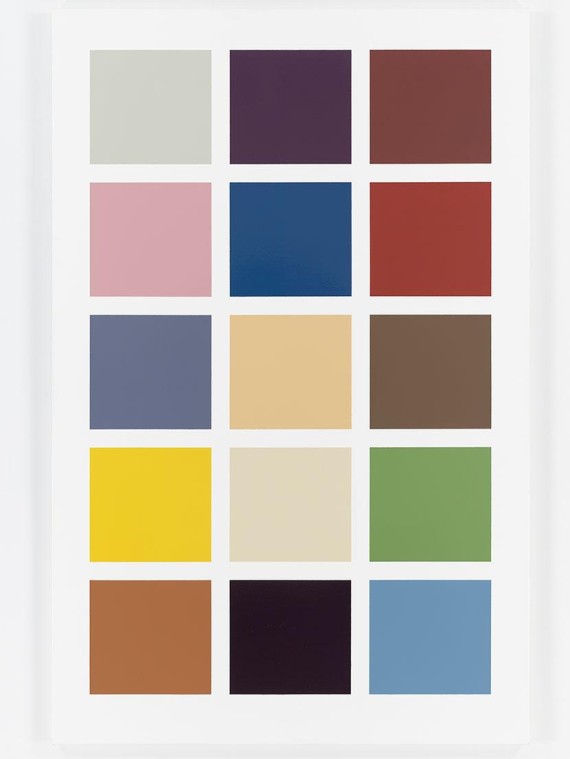
Gerhard Richter: Colour Charts, an exhibition featuring a vital group of paintings selected from the artist’s original nineteen Colour Charts produced in 1966 currently at Dominique Levy in Bond Street. Presented with the support of the Gerhard Richter Archive, the exhibition is the first to focus on the earliest works of this series since their inaugural appearance at Galerie Friedrich & Dahlem, Munich in 1966. At once paradoxical and coalescent, the Colour Charts highlight an important moment in the artist’s career and are situated across multiple leading art movements of the twentieth century. The exhibition brings together works from multiple prominent international institutions. These include the Hamburger Kunsthalle, who is lending 192 Farben (192 Colours), 1966, Richter’s earliest fully realised Colour Chart and the only work from this series executed in oil, and the Museum Frieder Burda in Baden-Baden who is lending Sechs Gelb (Six Yellows), 1966, one of the largest single-panel Colour Charts, originally exhibited at Friedrich & Dahlem in 1966. Gerhard Richter: Colour Charts also features an earlier work, Sänger (Singer), 1965/1966, a Photo Painting with a colour chart of various shades of red painted on the obverse side of the canvas, which provides an integral insight into the artist’s conception of the series. Additionally, Richter’s 180 Farben (180 Colours), 1971, has generously been provided by the Gerhard Richter Archive in Dresden. Comprised of twenty panels, each with a three-by-three grid, this work is the first Colour Chart Richter produced when he returned to the series in 1971, after a five-year hiatus.
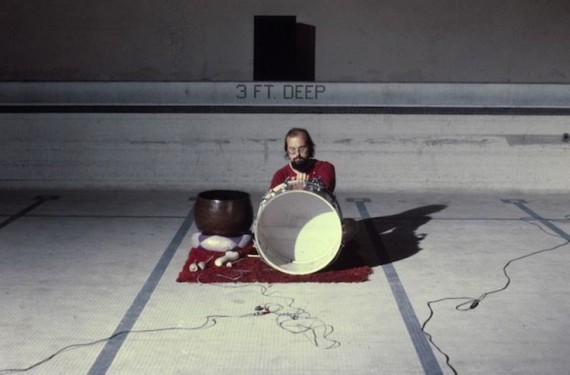
Opening this week Blain|Southern and The Vinyl Factory present significant rarely-exhibited works from Bill Viola’s early career at 4 Hanover Square and The Vinyl Factory Space at Brewer Street Car Park. The exhibitions illustrate Viola’s boundless experimentation with the newest media of the time, which paved the way for subsequent generations of artists working with video, sound and computer technology. At Blain|Southern the exhibition focuses on one monumental installation Moving Stillness (Mt. Rainier), 1979, shown for the first time since its inauguration at Media Study/Buffalo, New York. With a large body of water, environmental sound recordings and projections, Viola’s multi-faceted yet serene creation was pioneering in its mixed use of media. In conjunction and presented for the first time ever, recordings of Bill Viola’s early sound compositions form an immersive installation The Talking Drum at The Vinyl Factory Space at Brewer Street Car Park in Soho, London. Two works are featured, The Talking Drum, 1979, and Hornpipes, 1979–82, that explore the resonances of an empty swimming pool.
Finally, if you are in the mood to discover interesting new artists, Le Dame Gallery in Regent’s Park has made a selection of some of the most talented artmakers of today. Cristina Cellini and Chiara Canal, the directors of Le Dame Gallery, say:
“We are privileged of having the gallery literally next to Frieze in Regent’s Park and are organising collectors events to introduce a selection of Italian artists and also from other countries such as Spain and the UK. Collectors and other art professionals appreciate a moment of calm, to discover exciting emerging artists and to meet like-minded experts during this frenzy week.”
Don’t Lose HOPE, 14 October 2015 to 31 January 2016, ContiniArtUK, 105 New Bond Street London W1S 1DN. Mon – Sat 10.30am – 6.30pm, Sunday 12pm – 5pm www.continiartuk.com
Gerhard Richter: Colour Charts, 13 October 2015 to 16 January 2016, Dominique Levy, 22 Old Bond Street, London W1S 4PY. Tue – Sat 10 am – 6 pm, and by appointment www.dominique-levy.com
The Talking Drum, 13 October to 21 November 2015, Blain|Southern, 4 Hanover Square, London W1S 1BP, and he Vinyl Factory Space at Brewer Street Car Park, Brewer Street, London W1F 0LA. Mon to Fri 10am – 6pm, Sat 10am – 5pm www.blainsouthern.com
The Selection, 10 October to 10 November, Le Dame Gallery, White Melia Hotel, Albany Street, London NW1 3UP. Gallery space: Mon to Fri 10am – 6pm Sat 11am – 5pm. Other spaces in the hotel open daily from 10am to 10pm. www.ledameartgallery.com
